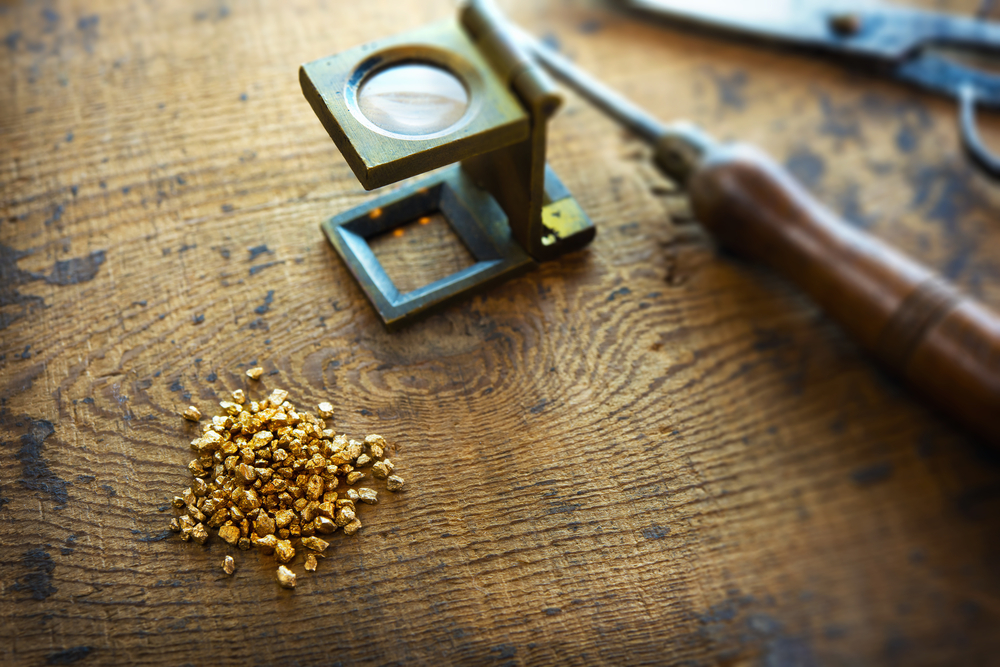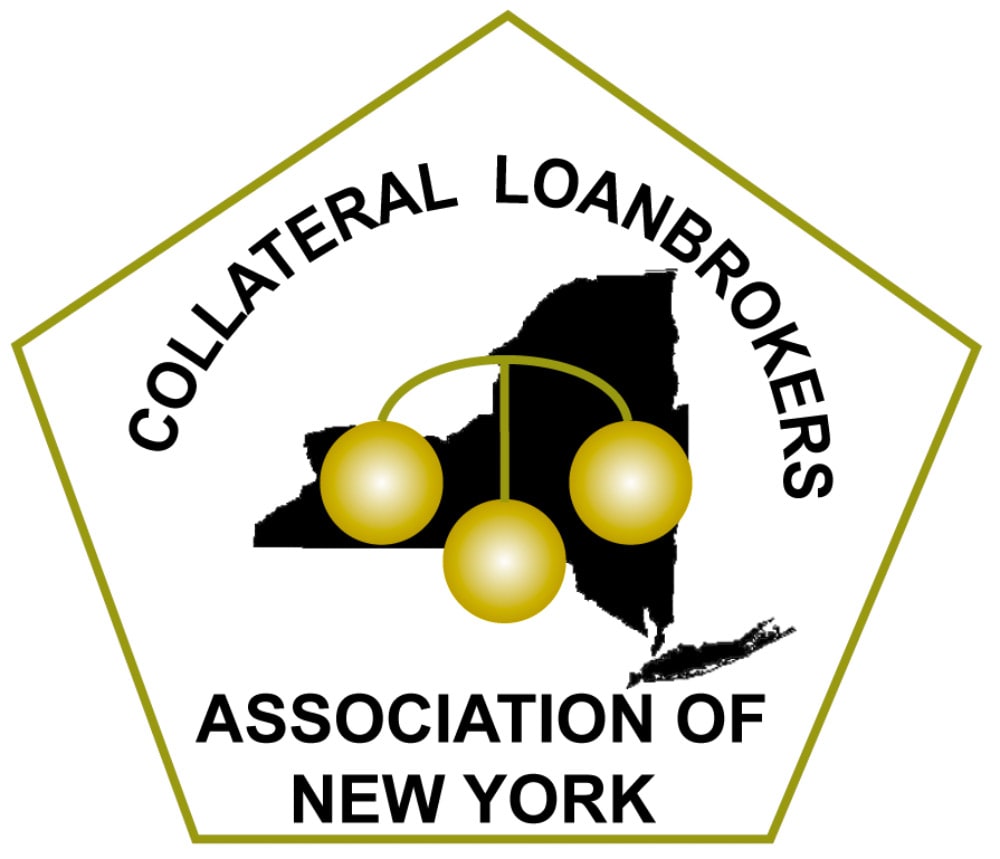Jewelry is one of the biggest staples for pawn shops. Whether they are buying it used, selling it, or offering loans for it, almost any pawn shop in the country will have some signage about how they work with different types of jewelry. And it makes sense, because pawn shops operate on either selling high-value used items or on providing loans that are based on the resale value of an item, gold, silver, and platinum jewelry is frequently on that list. Jewelry is often some of the most expensive items people own and doesn’t depreciate in value as quickly as other items like electronics. But of course, because jewelry is very popular and usually expensive, there are many jewelry pieces that are designed to visually look expensive while being made of cheaper materials. That is why pawn shops work hard to ensure that jewelry is tested.
How Can Gold Jewelry Be Tested?
One of the most commonly sold types of jewelry is gold jewelry. Gold is commonly used for a variety of jewelry pieces from rings and bracelets to necklaces and earrings. But because gold is so popular, there is often a demand for jewelry that only looks gold. Jewelry that is gold plated or gold filled is often mostly made up of other metals and therefore worth much less than other jewelry. Here are a few ways pawn shops inspect jewelry.
Visual Inspection: First and foremost, the easiest way to learn about jewelry is to simply look it at it. Most jewelry is stamped with information about its authenticity. It can include karats that explain what percentage of the jewelry is real gold, or it can have acronyms like GF for gold-filled which would immediately indicate that the jewelry isn’t made with enough gold to be valuable to a pawn shop. Of course, some jewelry might not have these markings or the markings could be inaccurate.
Magnet Test: Another extremely simple test is a magnet test. Gold is not magnetic but many of the metals that are sometimes plated in gold are. If a gold ring or piece of jewelry is easily picked up by a magnet, it is almost surefire that the majority of the metal is not gold.
Density Test: Metals have unique densities. The density of an object is determined by how heavy it is vs how big it is. Different metals have different densities, so if a ring or another piece of jewelry has a density that is much different than pure gold, it is likely that the jewelry isn’t pure gold.
After some initial tests to rule out if something is real gold or not, pawn shops might use other tests like acid tests or x-rays. Acid testing requires a small scratch to be made to remove some of the gold from the jewelry and test how the gold interacts with an acid. Some pawn shops (but not most) can use X-ray fluorescence testing to see if the gold jewelry is pure gold or not.
How Do I Know If My Diamond Jewelry is Real?
Diamonds are another valuable type of jewelry and are also sometimes faked. Similar to gold, most pawn shops will start with tests that do not damage the jewelry in any way. Visual diamond tests including looking at how light reflects off the diamond as well as the weight of the diamond. Similar to gold, diamonds have a specific density and are known for being very dense. Other common tests include testing using fog. Diamonds tend to fog up when exposed to air moisture. Beyond these simple tests there are many more in-depth tests like checking the heat conductivity of a diamond or using specific testing tools that shine light through a diamond to determine whether or not it is a genuine diamond. Different pawn shops will have different devices on hand that can help not only test if a diamond is real but also how much the diamond would be worth. Diamonds are evaluated on four metrics referred to as the 4C’s of diamonds.
Pawn Jewelry in NYC
Paradise Pawn provides pawn shop services to residents throughout New York. If you live in New York City or are frequently in the Bronx and are interested in selling, buying, or pawning jewelry, please contact our team.



